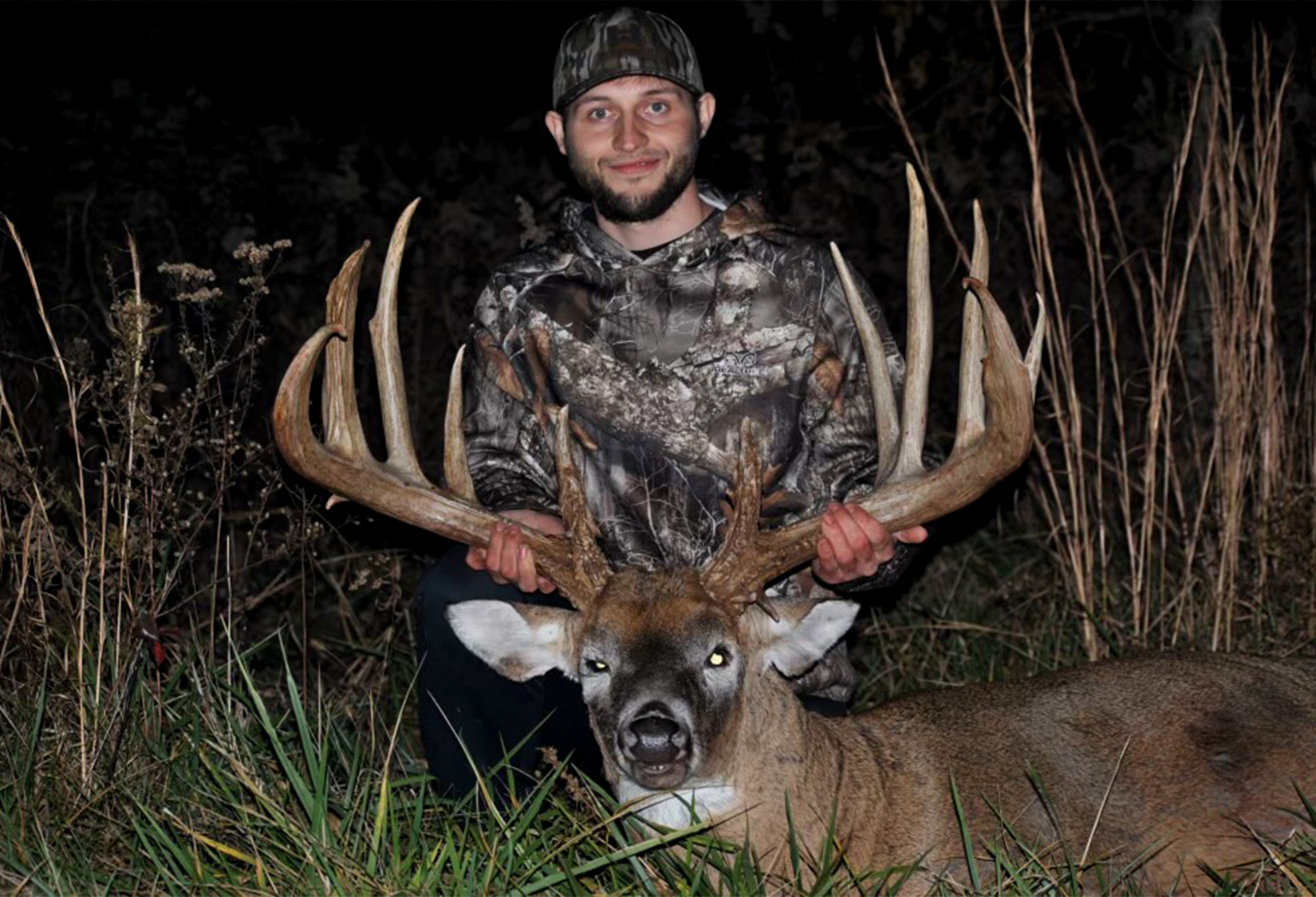In parts of Zambia’s Kafue National Park, a conservation organization specializing in wildcats has reported that the number of leopards there has nearly tripled.
With an increase of 2.9, there are now 4.4 leopards per 100 square kilometers of terrain, which is much more than it sounds when you consider just how big Kafue is.
At 22,700 square miles, it’s two-and-a-half-times larger than Yellowstone, but exists within the Greater Kafue Ecosystem—a mosaic of landscapes enjoying various levels of protection that’s three times larger than that, and is around the size of Massachusetts.
“It’s very large, and has tremendous potential for recovery, but it’s been so beaten up for so many decades,” said Jon Ayers, Board Chairman of Panthera, the world’s only conservation group dedicated exclusively to wildcats.
“As exciting as the project has been, there’s still tremendous opportunity to see it grow back to its original vibrancy,” he told GNN.
Living in the shadows, literally and figuratively, of their beige, maned cousins of the savannah, the leopard receives a fraction of the conservation dollars that lions enjoy. However, because leopards sit at the top of the food chain just below lions, spending money to protect one will invariably help the other. They eat the same animals, and share the same vast landscapes.
“There are probably six different species of cats in that ecosystem. Because they’re on the top of the food chain, they indicate the health of the whole ecosystem,” said Ayers, who was described to GNN as a business mind that knew more about wildcat conservation than most conservationists.

Ayers took a position on the board in 2021. At the time, he was recovering from a cycling accident that left him partially paralyzed from the torso down, and felt he needed a plan—something else to focus his attention on.
“It’s not easy going through something like this and most people don’t do very well,” Ayers told GNN in 2021. “Not that I’m perfect, but being able to work on something like this is the greatest gift to me… because it helps me through a transition in my life, and because it gives me purpose.”
The work going on in Kafue, which has included camera trap surveys, smarter anti-poaching patrols, and GPS-tagging white-backed vultures to act as an early-warning system for poisoning activity, has seen the decline in the area’s lion numbers cease, and reverse, as well as the near-tripling of the leopard population mentioned earlier.
“Panthera just led the largest survey of lions and leopards ever accomplished in Kafue,” said Ayers.
Leopards, the chairman adds, are more ubiquitous and have more fixed territories than lions or cheetah, which means camera trapping these cats is more effective than usual at estimating their numbers. The camera trap surveys are the best tool for understanding whether or not Panthera’s work in the ecosystem is succeeding.
“It’s kind of like, how do you know if you’re winning the game if you don’t have a scoreboard? So the surveys act as a scoreboard,” he adds.
Panthera has worked with leopards for years, notably through their Furs for Life program that convinced indigenous African cultures who use leopard furs as part of their ceremonies to switch to synthetic furs.
“These indigenous groups, one of the biggest ones is called the African Congregational Church, they use these leopard furs as part of their rituals. And they needed to go out and kill leopards to get the leopard skins so that young and upcoming members could have leopard skins as part of their celebrations,” Ayers explained.
“And so what we’ve done is by working with these leaders, we’ve said ‘hey that’s not so good for the ecosystem on which you rely, why don’t we substitute very authentic synthetic furs?’”
During the period in which the leopard numbers nearly tripled, there were no recorded poaching instances for leopard furs from locals affiliated with the church or any other known ceremonial group, according to Panthera’s report.
Leopards, (Panthera pardus) are considered by the IUCN Red List to be ‘Vulnerable’ and decreasing across their whole range on average.
There are few hideaways for the leopard worth mentioning if they can’t make it inside Kafue, and it bears explaining exactly what Kafue is and what it represents.

In the same way that Kafue National Park is nested inside the Greater Kafue Ecosystem, the Greater Kafue Ecosystem is one part of the Kavango Zambezi Transfrontier Conservation Area, the largest terrestrial conservation landscape in the world.
It spans five countries (Angola, Botswana, Namibia, Zambia, and Zimbabwe) and encompasses 36 protected areas across some 520,000 square kilometers. This is a region the size of France, and one so large and so important to the continent, it has its own visa that allows visitors to transit national borders as easily as an elephant can.
As long as Panthera is involved, one can rest assured there will be leopards to be found here, and if there are leopards there, the reader can rest assured their grandchildren will be able to see a leopard in the wild.
This article by Andy Corbley was first published by The Good News Network on 10 December 2024. Lead Image: A male leopard walks past a camera trap near Panthera’s camp – Credit: Ross de Bruin / Panthera.


![Leopard Cubs Reunited With Mom! [Video] Leopard Cubs Reunited With Mom! [Video]](https://i0.wp.com/www.onegreenplanet.org/wp-content/uploads/2021/04/the-three-cubs-were-taken-to-the-wildlife-sos-leopard-rescue-center-for-medical-checkup-scaled.jpg?resize=768%2C534&ssl=1)




Leave a Reply